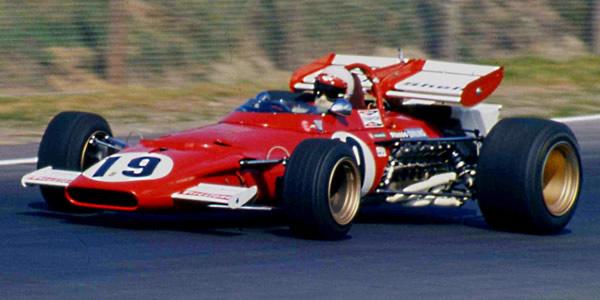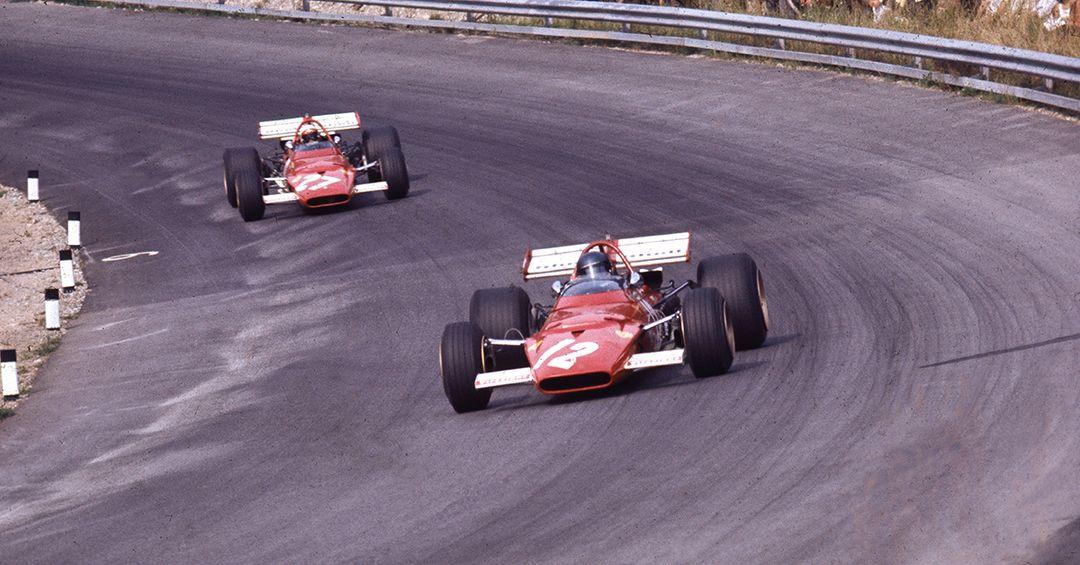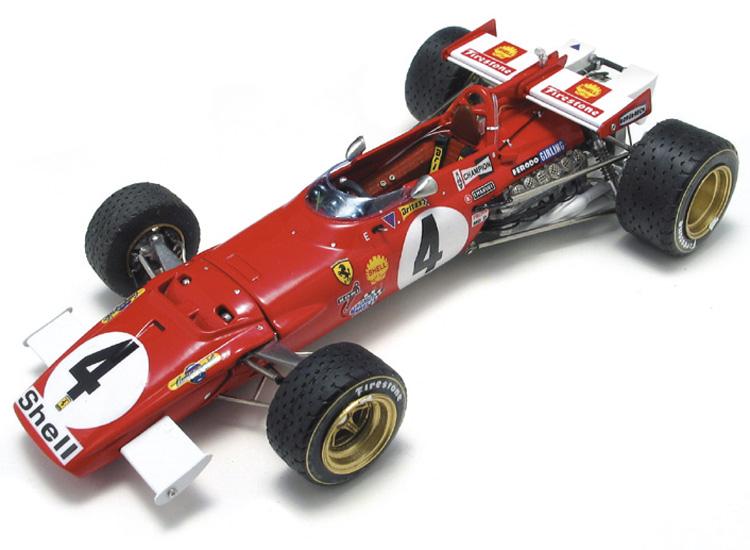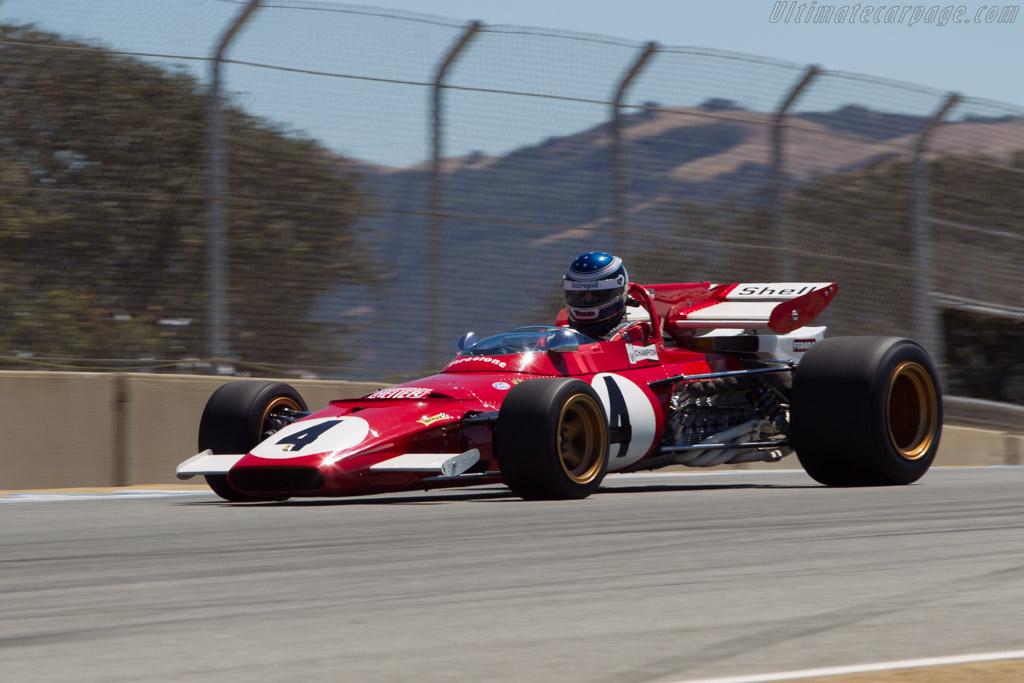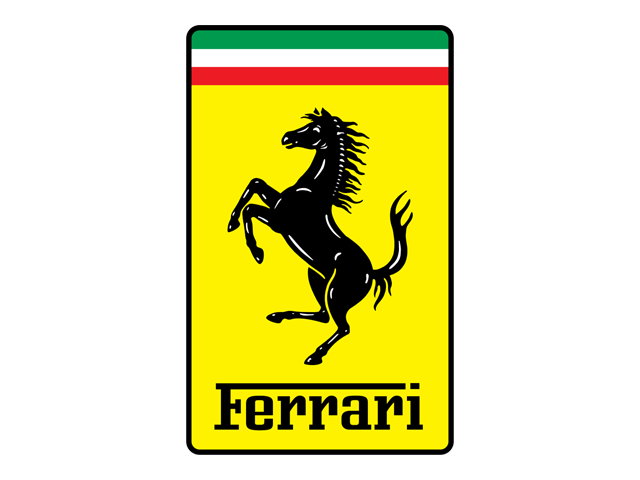1970 Ferrari 312 B
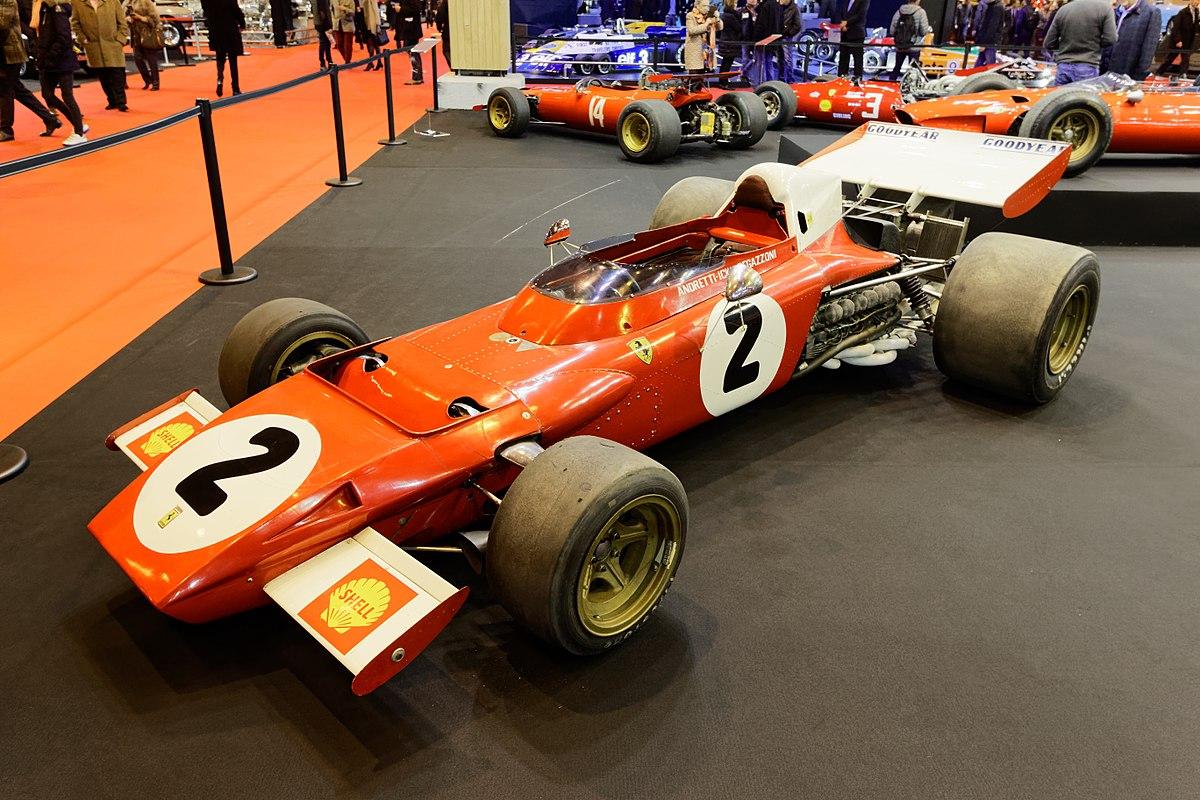
The descriptions of the Classic Cars in the Directory were partly generated or supplemented with the help of artificial intelligence (AI). The content may occasionally not always be entirely accurate or factually correct despite careful checking.
The Ferrari 312 B of the 1970s was an iconic racing car that encapsulated the epitome of design and engineering of its time. The vehicle was first introduced in 1970 and underwent several significant modifications over the years to become one of the most successful Formula 1 racing cars of all time.
The Ferrari 312 B was powered by a 3.0-liter, 180-degree flat-12 engine that was mounted longitudinally behind the driver. This engine produced an impressive 460 horsepower at 11,000 RPM, making it a powerful and fast car on the track. The engine was paired with a five-speed manual gearbox, allowing the driver to control the car's speed and acceleration with precision.
The chassis of the 312 B was made of aluminum, providing the vehicle with excellent strength and stability on the race track. The front suspension was a double-wishbone setup, while the rear suspension used twin radius rods and a single top link. The car also featured ventilated disks for braking, providing the driver with excellent stopping power when needed.
The aerodynamics of the Ferrari 312 B was another significant feature that made it a formidable racing car. The car's sleek and streamlined design was intended to reduce air resistance and provide high-speed stability. The rear wing was adjustable, which allowed the driver to modify it to suit different circuits.
Inside the car, the driver's seat was positioned as low as possible to improve handling and reduce the car's center of gravity. The steering wheel, gear lever, and pedals were placed in a manner that allowed the driver to react quickly and efficiently to changing conditions on the race track.
Overall, the Ferrari 312 B was a remarkable automobile, unmatched in its technology and performance during its time. Its technical specifications remain impressive even to this day, and the car continues to be a beloved icon of racing history. With its powerful engine, advanced chassis design, and aerodynamic features, it was a car that could take on any circuit and come out on top.
Milestones
- Introduction of the Ferrari 312 B model in 1970 - Debut race of the 312 B at the South African Grand Prix in March 1970 - First win for the 312 B at the Belgian Grand Prix in May 1970 - Traction control system introduced in the 312 B at the Monaco Grand Prix in May 1970 - Sweeping victories for the 312 B at the Dutch Grand Prix, French Grand Prix, and British Grand Prix in 1970 - Mario Andretti's first podium finish for Ferrari at the Austrian Grand Prix in August 1970 - Clay Regazzoni securing third place in the Drivers' Championship with the 312 B - Ferrari clinching second place in the Constructors' Championship with the 312 B in 1970 - Retirement of the 312 B model after the 1970 season, to be replaced by the 312 B2 in 1971.Technical
• Engine: 12-cylinder horizontally opposed engine • Displacement: 2992cc • Max power: 460 horsepower at 12,000 RPM • Max torque: 243 Nm at 10,000 RPM • Transmission: 5-speed manual • Weight: 550 kg • Top speed: 320 km/h (200 mph) • Chassis: Aluminum monocoque • Suspension: Double wishbones, coil springs and anti-roll bars • Brakes: Ventilated disc brakes all around • Fuel tank capacity: 130L • Tires: Front: 10.0/23.0-13, Rear: 12.0/23.0-13 • Wheelbase: 2400 mm • Front track: 1470 mm • Rear track: 1410 mm • Length: 4080 mm • Width: 2100 mm • Height: 970 mm • Steering: Rack-and-pinion • Differential: Limited-slip differential • Fuel system: Lucas indirect electronic injection • Ignition: Magneti Marelli electronic ignition • Battery: 12V 28Ah.